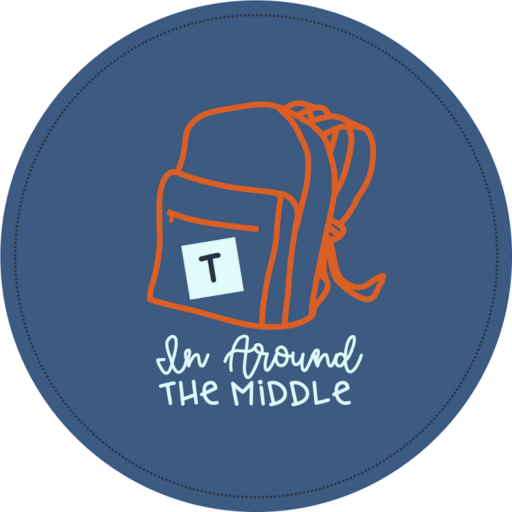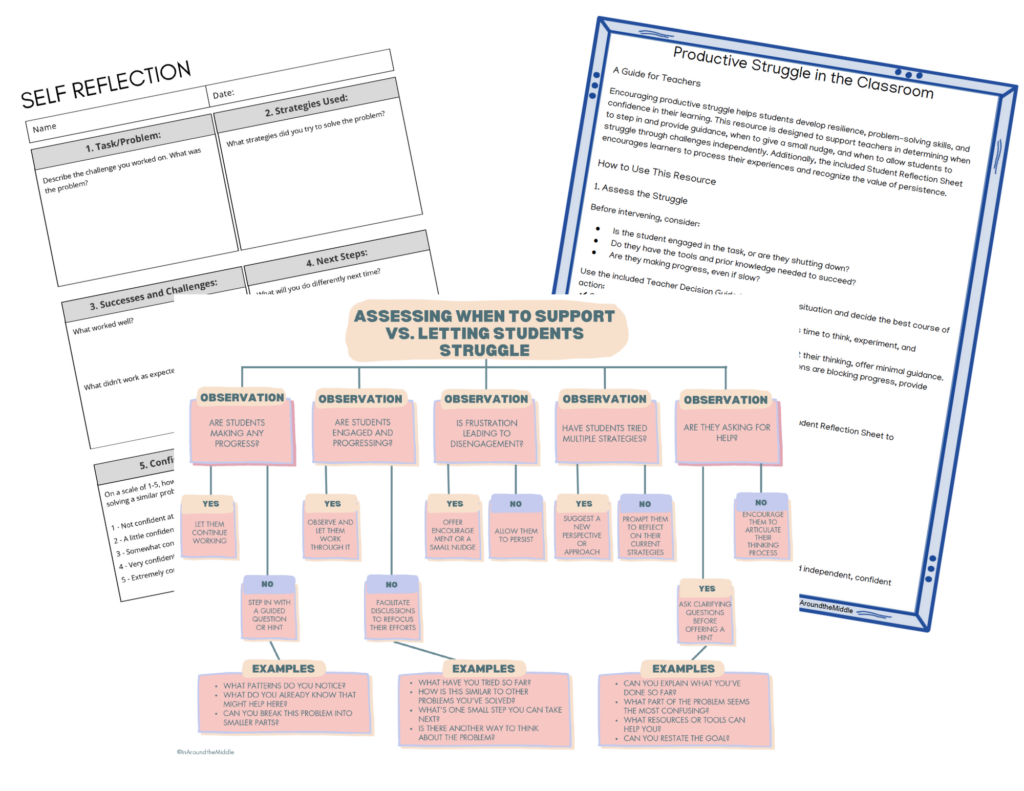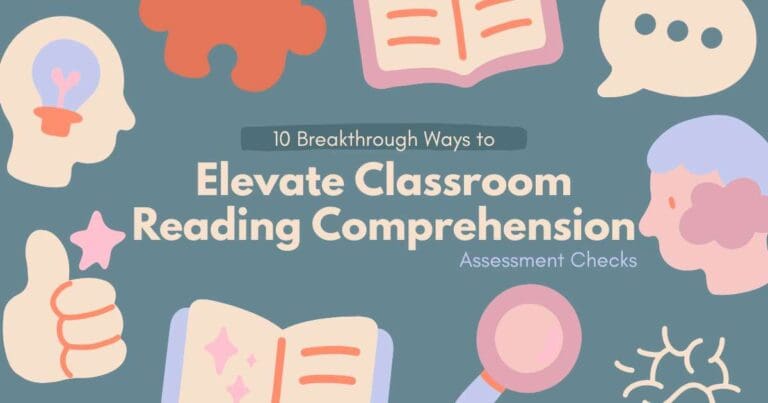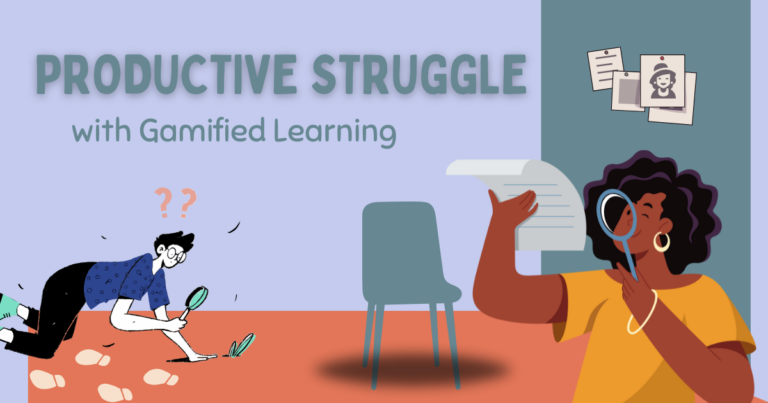THE STRESS-FREE WAY TO CREATE A POWERFUL HEXAGONAL THINKING TEMPLATE
If you haven’t already jumped on the hexagonal thinking bandwagon, now’s the time! This flexible and thought-provoking strategy can be used in just about any classroom setting. Whether you’re digging into a novel, unpacking tricky science or history concepts, building classroom norms, or guiding students through goal-setting, hexagonal thinking templates have you covered.
This post isn’t about what hexagonal thinking is (you can check out my blog post on that here), and it’s not about the nitty-gritty of running a hexagonal thinking activity either. This is all about how to make your own hexagonal thinking template — because let’s be real, you’re not always going to find one that fits your exact needs.
I’ll walk you through how I created one to explore friendship norms with my class (because pre-teen social drama is chef’s kiss… right?).

How I Created a Hexagonal Thinking Template (Friendship Edition)

Here’s how I set it up — simple, flexible, and easy to adapt for any topic.
Step 1: Choose your topic
Start with a clear focus. I picked friendship norms because it’s something my students really needed to unpack. I still did this with me entire class because even though everyone wasn’t having friendship issues, they all do at some point and can all benefit from a better understanding of the effect of their choices and actions.
Step 2: Break it into categories
I grouped the ideas into four categories: friendship/relationship/peer norms; how it makes students feel; effect on the classroom; students’ rights in the classroom. Each category got its own colour, it makes it clearer to the students this way and helps guide the discussion. I popped these colours and what they stood for onto a slide to display to students later.
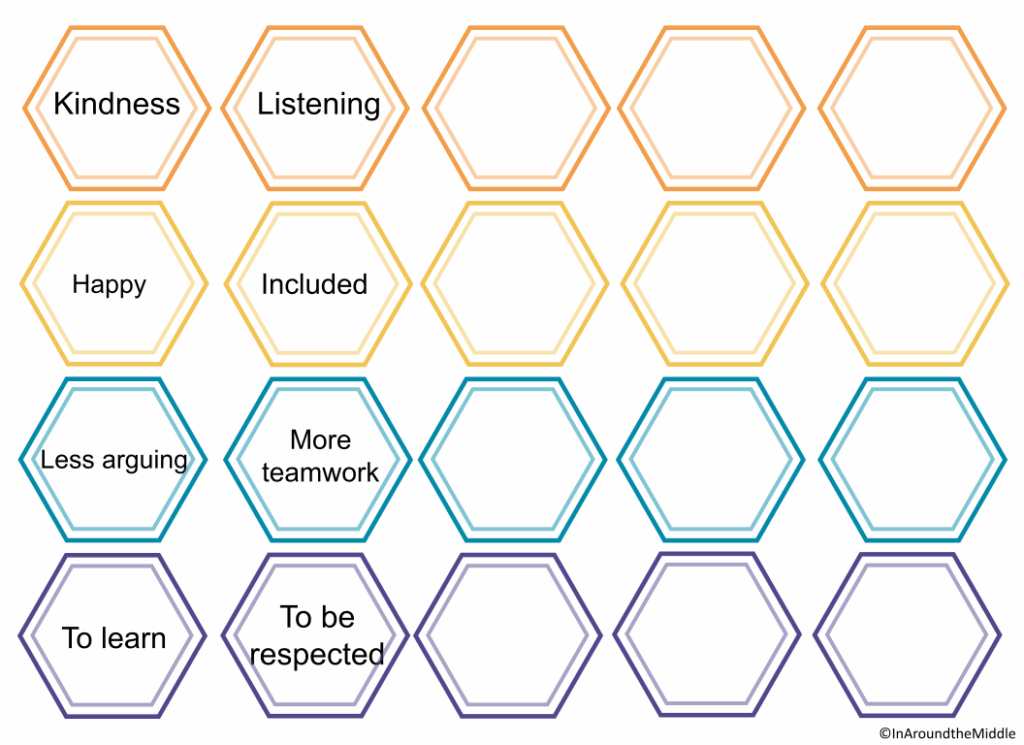
Step 3: Build your template
Using a digital slide, I created rows of hexagons in each colour. Then I duplicated the slide so I could easily add more hexagons when needed. (Pro tip: keep a master copy blank for reuse.)
Step 4: Add discussion prompts
Each hexagon got a short phrase or prompt related to the topic. These should nudge students toward discussion and connections without spelling everything out. You want them thinking critically, not just matching definitions. For me, I create 40 labelled hexagons for this type of activity and give each group 10 blank ones to start with with access to more if needed.
Step 5: Add the prompts to the hexagons
Pop those phrases into the colored hexagons. Make sure the color matches the category — this helps students organize and connect ideas visually.
Step 6: Plan your follow-up
Decide if you want students to reflect after the activity. I always do — and I’ve got a free reflection sheet in my Productive Struggle Freebie if you want one ready to go.
Step 7: Go deeper with individual work
Sometimes I follow up with solo work using a 7-hexagon or 11-hexagon layout. These shapes are perfect for accountability tasks where students reflect on their own actions, choices, or connections. They can build on the group discussions or stick with their own choices, actions and impacts.
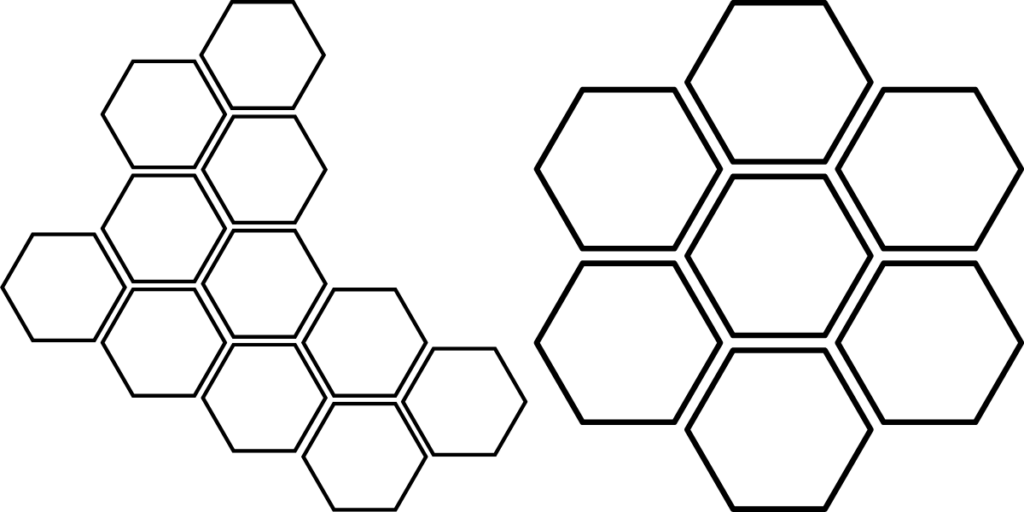
Looking for a Hexagonal Thinking Example?
You can easily adapt this process for just about anything. Want a hexagonal thinking example for a novel study? Try categories like character, theme, conflict, symbolism, and setting. For history? Think causes, effects, perspectives, consequences, and modern-day parallels.
Bonus: Hexagonal Thinking Instructions for Students
Before starting, I always walk students through the process:
- Read the hexagons
- Start grouping them based on connections
- Explain why certain ideas link using connecting arrows
- Look for overlaps between categories
- Be ready to justify your thinking
It’s amazing how this sparks conversation, debate, and deeper understanding.
Creating your own hexagonal thinking template gives you the freedom to tailor the activity to your exact needs. Whether you’re using it for content review or social-emotional learning, this strategy invites rich thinking and meaningful connections — and your students will love the visual, hands-on element.
Want to try it for yourself but don’t have time to create your own? Download one of my ready-made templates or check out more hexagonal thinking instructions for students and ideas in this blog post.
My hexagonal thinking templates come with digital and PDF options, teacher instructions and teacher guide, guiding questions, plus student-friendly layouts and reflection tools and even a marking rubric.
Oh—and don’t forget to download your free productive struggle guide to help make this activity run smoothly.
Happy teaching
